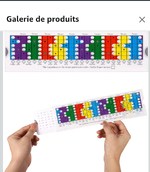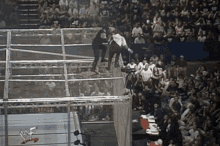Shreddy Mercury
Well-known member
It's time to stop bring a little bitch and only learning other people's solos. I attempt to jam over YouTube backing tracks that display the chords being played. Sometimes I come up with some pretty cool licks, but run out of steam fast. If it's something in G major, I will play a few Em licks/ideas and a few GM licks/ideas but it falls apart quickly. I want to be able to learn CAGED so I can look at the chord progression, build those chord shapes and play notes out of that so there is more fluidity and I can follow the chords more instead of just use the 2 scales mentioned earlier and a couple minor pentatonic licks.
Where should I go with a good explanation and some drills so I can grasp this?
Where should I go with a good explanation and some drills so I can grasp this?


